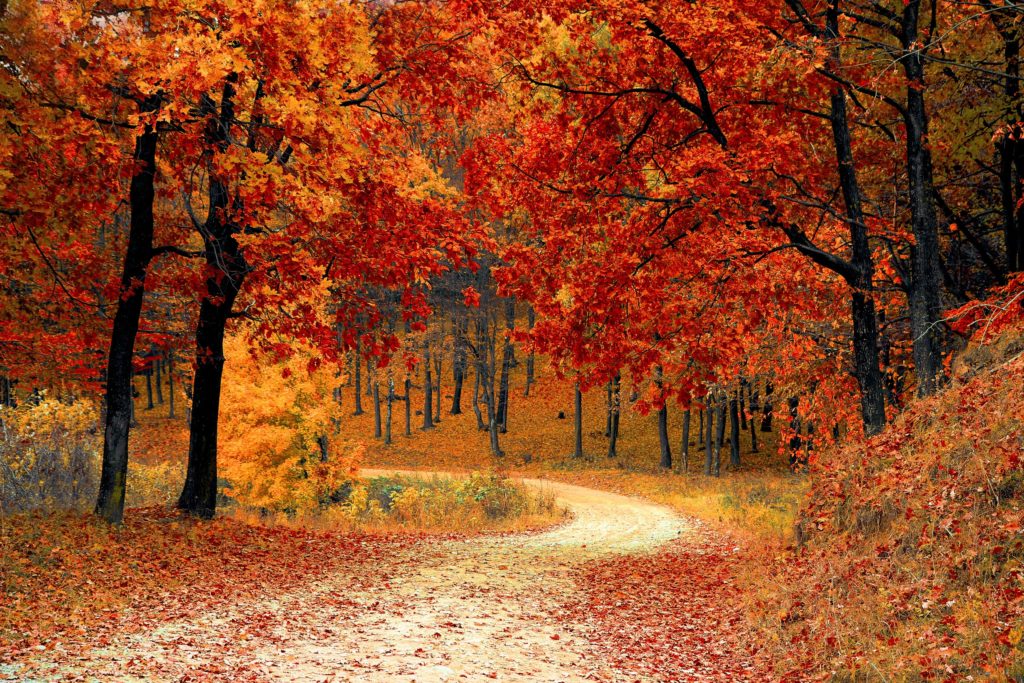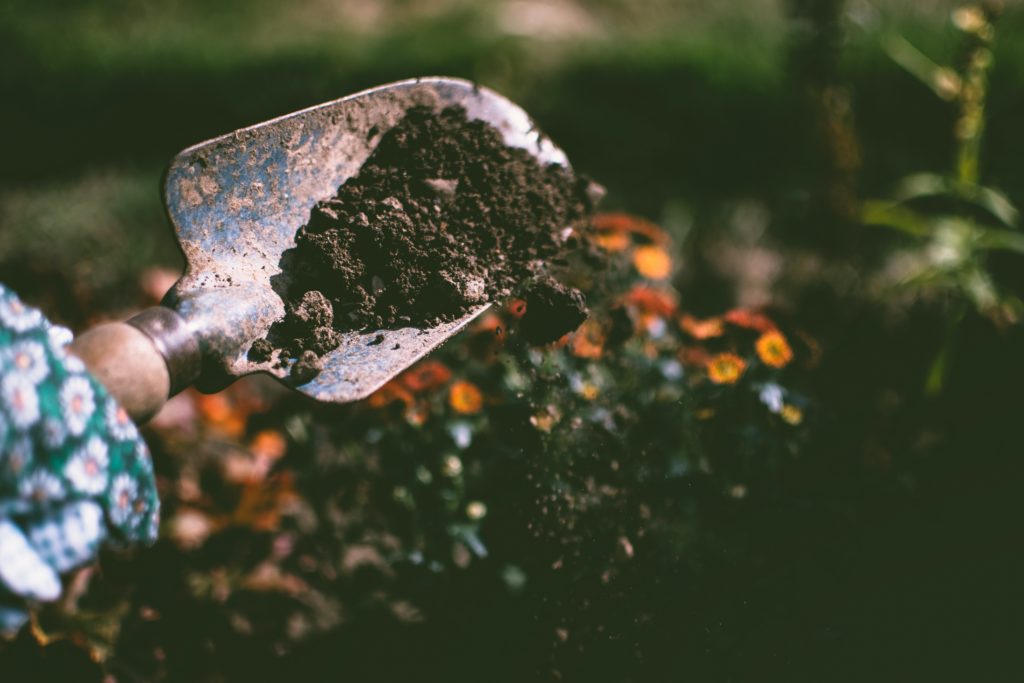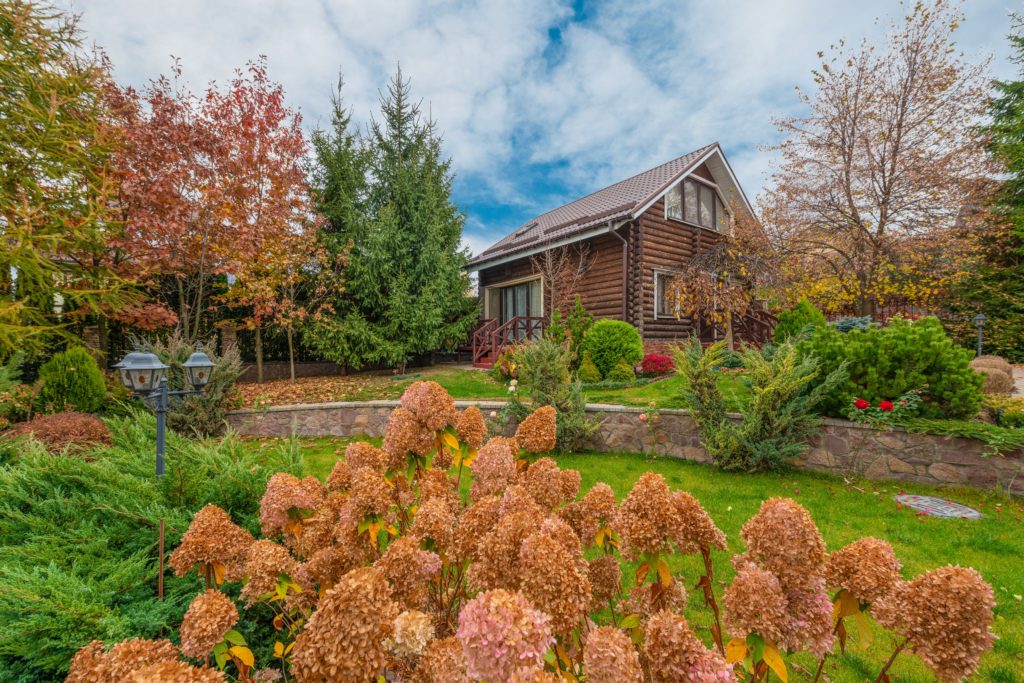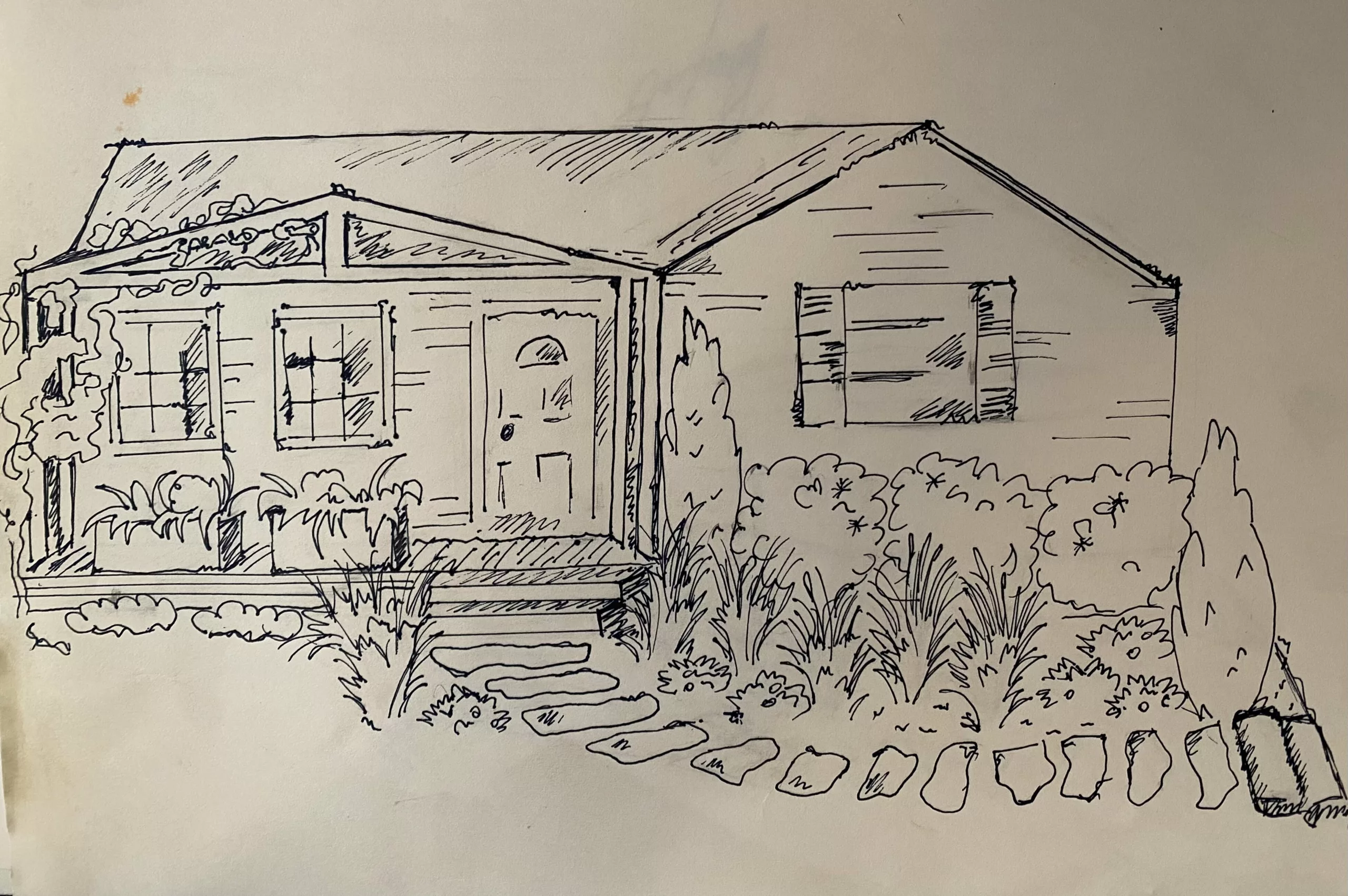I think of Fall as the after-party to the craziness of Summer. It’s the comedown where things are a little less hectic, and we can rest before going into the Holiday season. But for our gardens, there’s some serious clean-up to do after a whole season (or two) of partying to prepare your garden for fall.
Believe it or not, fall is the best time to get your garden together for next spring– or plant new vegetables! Just because cooler temperatures roll in, doesn’t mean our gardens go dormant. We’ve gathered some ideas for how to prepare your garden for fall. So grab yourself a flannel and a warm drink, and let’s get to it!

Garden Clean-Up
Fall is the best time to tend to garden hygiene. It’s time to make sure the beds are fully made, and the sheets have been washed and put away for next time. (I can’t help myself. Sometimes the garden jokes write themselves …)
Picking dead plants, weeding, and general clean up are essential to keeping our soil healthy, and our gardens beautiful year after year.

Weed + Harvest
If you don’t do any other fall maintenance for your garden, do THIS! Pull out unwanted weeds before they go to seed (and inevitably pop up again next year), and make sure to remove old plant material.
Leaving spent, dead plants in our gardens creates a HUGE risk for diseases and pests in the following year. That’s why it is important– nay, CRITICAL– that you remove all stems, leaves, and roots from your garden beds, before winter rolls around.
Along those same lines, be sure to collect any fallen fruit that may be laying around and dispose of it properly. (Perhaps, in your compost?) Old, rotten fruit may lead to diseases, pests, and unwanted critters tromping around your garden.

Collect Seeds
If you enjoy collecting your own seeds, Fall is the time to do it. Though seed collection and storage will vary by plant, there are a few basic rules to follow.
First, always collect seeds from healthy, robust plants. By selecting seeds from healthy parents, you are more likely to have good germination rates and more healthy plants the following season.
Second, harvest seeds on a dry, sunny day– any moisture can lead to fungal or bacterial growth that may harm or kill your seeds. In fact, make sure to only harvest seeds from fruits that are completely dried. For larger fruits like tomatoes, you may have to get a bit creative about how to slice and dry the fruit before collecting. (But don’t worry, we know you got this 😎)
The third and final point I’ll mention is to separate seeds and chaff as much as possible. Excess chaff creates a greater chance of fungus or bacteria taking over your precious seeds and causing damage.

Empty the Rain Barrel
Rain barrels, though fairly low maintenance, are not no maintenance. Depending on where you live, fall may be the best time to drain, clean, and winterize your rain barrel. Especially if you live in an area with wet falls, or temperatures that can turn wintery in a hurry.
For more information on Rain Barrels, check out our post HERE

Soil Amendment
If you only do two things for fall maintenance, make this the second one. Gently turn your garden soil– no need for vigorous tilling– and add fresh mulch, compost, or slow release fertilizer.
I know it may seem counterintuitive to add fertilizer with no plants but hear me out. The organic matter you add to your garden in fall breaks down over winter, fertilizing and enriching your soil. Subsequently, you have one less chore to do in the Spring. (You’re welcome <3) Once the next planting season comes, your beds will be ready, and your plants will enjoy their nutrient-dense soil.

Lawn Care
Oh, the drudgery of lawn care (husbands, read this part). Depending on where you live, fall is the absolute BEST time to aerate, reseed and feed your lawn. That’s because in spring, temperatures may spike too quickly, and the delicate, germinating grass will suffer or even die from it.
In fall, the perfectly cool temperatures offer a chance for grass seed (especially fescue) to germinate and mature without the threat of extreme heat causing bolting, wilting, or dying. Fall is also the best time to prepare your lawn, because the soil has achieved “moist but well-draining”.

Check Trees and Perennials
Fall is the time of year to check herbaceous perennials for signs of disease. Cut back and fertilize plants who require it. If you have bulbs that need to be brought in for winter, fall is often the best time to do so. Likewise, if some bulbs require splitting and replanting, do so once temperatures begin to cool off.
To make sure trees are staying healthy, and not a damage risk for your home, fall is the best time to do an annual check-up. Once trees have dropped their leaves, check branches for signs of damage or rot. If any look like they aren’t doing their best, consider cutting them back, or having an arborist come inspect the tree for signs of serious illness or damage.

Conclusion
In summer, our gardens are an all-out party! Taking care of those fresh fruits and bursting flowers can feel like a full-time job. But once fall comes ’round, there’s still some lovin’ our gardens need before winter.
Be sure you’re taking care of your space by tending to those final chores before the holidays! Prepare your garden for fall, and take this opportunity to enjoy the cooler weather! See you in Spring 🙂







